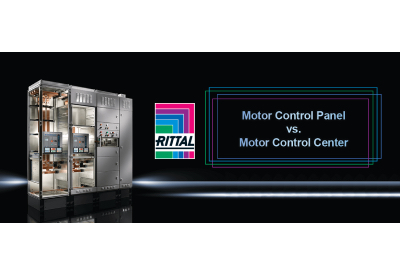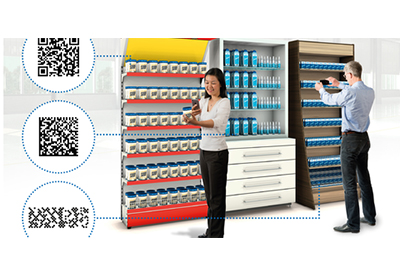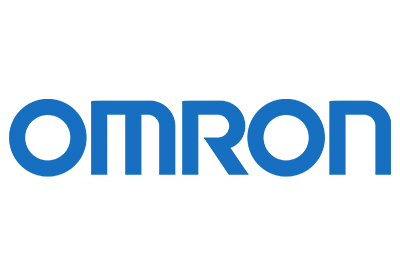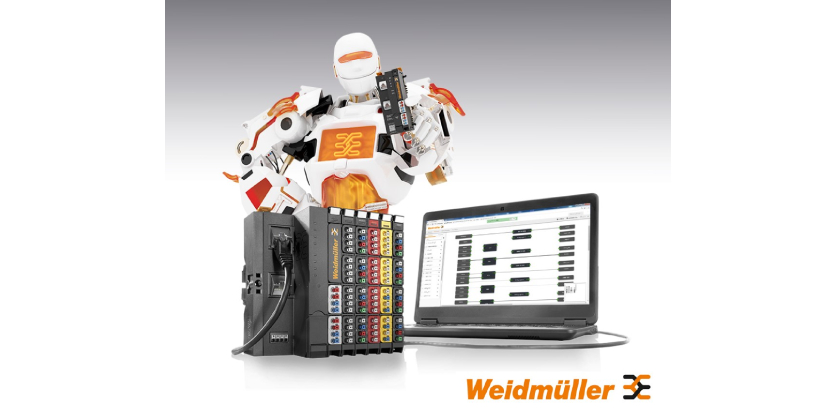Future-Proofing the Next-Gen Power and Energy Workforce
August 21, 2025

Digital Transformation: The Driving Force of the Energy Revolution
The energy sector is undergoing its most significant transformation in a century. The penetration level of renewable energy sources is increasing, however, generative AI and surging adoption of electric vehicles are driving up power loads. From supply-demand balancing to empowering consumers with greater control through a smart grid, digital innovations are reshaping the energy ecosystem—making it more interconnected, efficient, and reliable.
In the emerging energy landscape, engineers must now master cross-disciplinary skills such as data analytics and cybersecurity. According to an EY survey1, 85% of power and utilities leaders believe that rapidly upskilling employees to adapt to new technologies will be critical to their success in the next three years.
Three Key Challenges for Power and Energy Communication Professionals
Digital communication technologies are enabling real-time dispatching and decentralized management of grids. As grids transition to an inverter-based renewable energy architecture, including solar PV and battery energy storage systems (BESS), grid inertia is decreasing, making grids more sensitive to frequency fluctuations. To maintain grid stability, real-time adjustments to renewable energy inputs, often to the tune of milliseconds, need to be made to ensure seamless data exchange and device coordination. As a result, digital communication skills have shifted from being an advantage to an absolute necessity, presenting three key energy-transition challenges for engineers and implementors:
1. The Dual-skill Barrier: A New Threshold for Power and Energy Engineers
With grid modernization, and the rise of distributed renewable energy systems, engineers across both traditional power infrastructure and emerging energy technologies face a new set of challenges. They must not only understand power system architecture and operations but also master communication protocols and cybersecurity requirements to handle growing system complexities and cyberthreats. However, cross-domain expertise remains scarce—power or energy engineers often lack experience in communication systems, while network specialists lack familiarity with power systems. This knowledge gap leads to inefficiencies when troubleshooting system failures, impacting operational reliability.
2. The Learning Curve: From Digital to Virtualized Operations
Grid digitalization is not just about upgrading equipment; it represents a fundamental shift in operations and maintenance practices. Traditionally, engineers relied on physical inspection, such as checking protection relay hardware and indicator lights to troubleshoot issues. In contrast, digital monitoring requires data-driven insights. For example, Network Management Systems (NMS) enable real-time monitoring of Intelligent Electronic Devices (IEDs), which requires engineers to have digital skills to interpret alerts like “IED-1 (192.168.1.10) disconnected” and map them to physical cabinets to ensure stable grid operations.
The IEC 61850 standard was introduced to streamline digital communications initially in substations but now has a wider scope to cover the energy sector. However, in practice, engineers have historically maintained a variety of proprietary IEDs, each with unique software, configuration, and maintenance processes—resulting in high investment costs and complex operations. Now, as power infrastructure transitions towards virtualization, we are seeing an increase in protection, monitoring, and control functions migrated from dedicated hardware to open software platforms running on industrial servers or cloud environments.
The introduction of Virtualized IEDs (vIEDs) has reduced dependency on hardware functions and necessitates a fundamental shift in the skill sets required of power engineers. To excel in a virtualized environment, power engineers must acquire expertise in digital networking, data analytics, and server management (VMware, KVM, and Docker). This evolution is redefining asset management strategies with the goal of decreasing operational expenditure (OPEX) over time.
3. The Era of Cross-system Collaboration is Here
The energy transition landscape is not just reshaping power generation, but also driving seamless, real-time data exchange between diverse systems. In the past, renewable energy systems operated in isolation, focusing on internal optimization. However, as grid integration and intelligent dispatching become mainstream, grid-connected renewable energy assets, such as solar PV and battery storage systems, must now exchange critical data with Distribution System Operators (DSOs) and Transmission System Operators (TSOs). This requires real-time adjustments to active power (P), reactive power (Q), voltage, and frequency settings to enhance grid stability.
To succeed in this new era, power and energy professionals need to comprehend diverse data formats, communication protocols, and operational coordination techniques to ensure a resilient, interconnected energy ecosystem.
How Moxa Empowers Power and Energy Professionals With Digital Solutions
1. Professional Training to Bridge the Skills Gap
Moxa provides structured training programs to help power and energy engineers master digital communication, offering both fundamental and advanced learning tracks:
- Fundamental Courses: Cover Ethernet fundamentals, OSI model applications, industrial network switch configurations, network management system operations, and troubleshooting.
- Advanced Courses: Delve into IEC 61850 requirements, substation network architecture design, and secure communication system deployment to ensure smart grid reliability and security.
2. Lowering Technical Barriers to Boost Digital Maintenance Efficiency
Energy transition requires not only skilled professionals but also intuitive, efficient solutions. Moxa simplifies learning curves with plug-and-play OT communication devices that reduce reliance on on-site technical support. User-friendly product design minimizes configuration time, allowing engineers to focus on system optimization rather than complex setups.
3. Global Support for Rapid Response
Moxa leverages extensive field experience and close collaboration with customers to understand the distribution of on-site equipment, communication requirements, and operational priorities. Based on these insights, Moxa delivers tailored network design services—strategically planning topology architectures, bandwidth allocations, and protocol conversions to match each application’s unique needs. Supported by a global network spanning over 100 countries, Moxa provides customers the agility to adapt solutions across diverse power and energy environments, ensuring stable and reliable operations.
Winning the Talent War in the New Era
Attracting and retaining top talent is critical for the success of projects in the energy sector. In regions like Europe and North America, the aging workforce maintaining grids poses an urgent challenge. Many experienced professionals are nearing retirement, while recruiting the next generation of engineers is becoming increasingly difficult.
By adopting skill-centric industry strategies and digitalization, companies can upskill existing employees while fostering innovation and growth opportunities to attract new talent. Partnering with long-term energy industry leaders like Moxa not only enhances operational efficiency but also paves the way for the next generation of technical professionals to take over.
Digital communication skills are not just tools—they are the driving force behind the future of energy.
Discover how Moxa is accelerating digital transformation in the energy sector.
1 If tech powers the future, who powers the tech? (EY, 2021-Jun): https://www.ey.com/en_gl/insights/energy-resources/if-tech-powers-the-future-who-powers-the-tech
Related Story
MOXA Next-Generation LAN Firewalls: Enhancing Industrial Security and Reliability
Cyberattacks on critical infrastructure have become an all-too-familiar reality. While no longer shocking headline news, their effects are far-reaching, disrupting essential services that people and organizations rely on daily. From power grids to transportation systems and water treatment facilities, these infrastructures are at the heart of modern life and are highly vulnerable to cyber threats.






